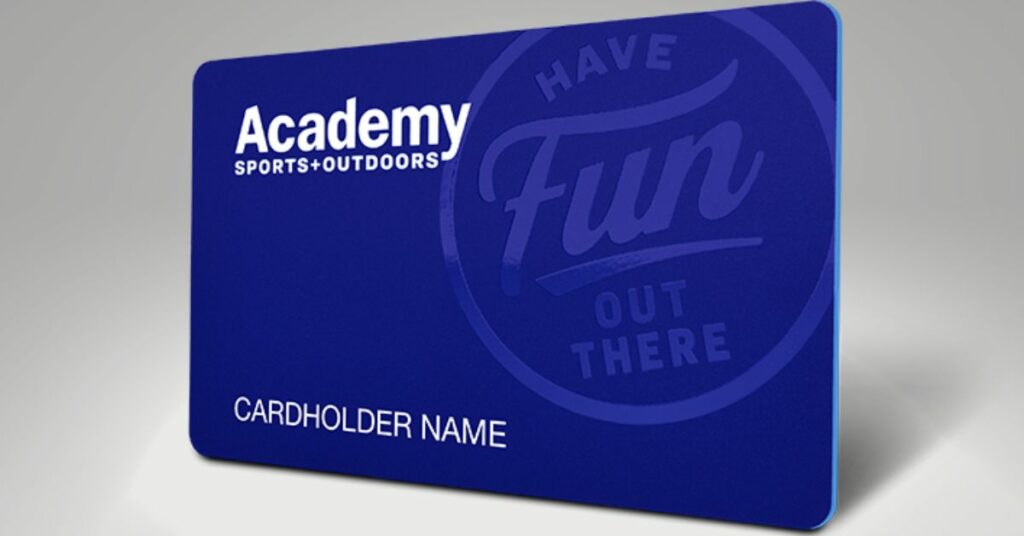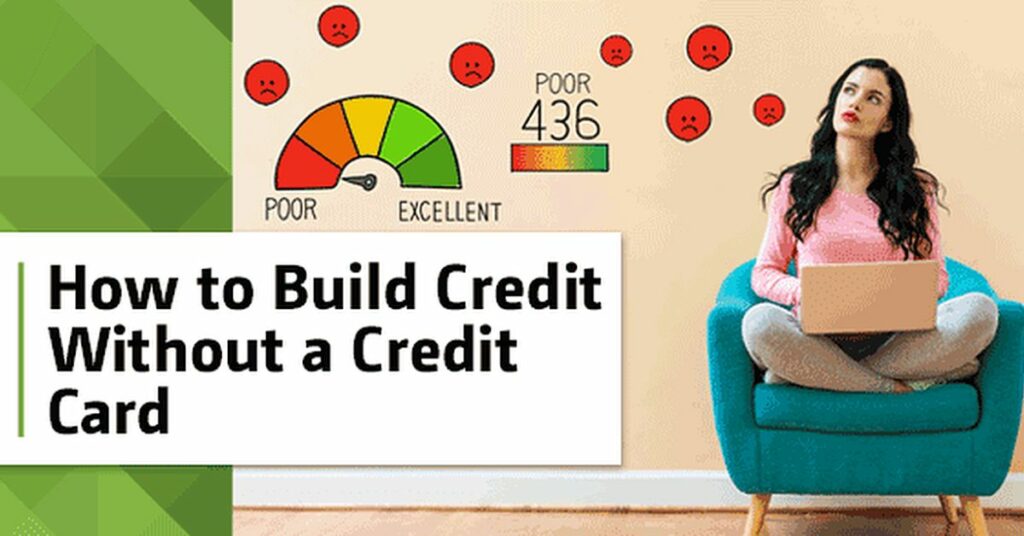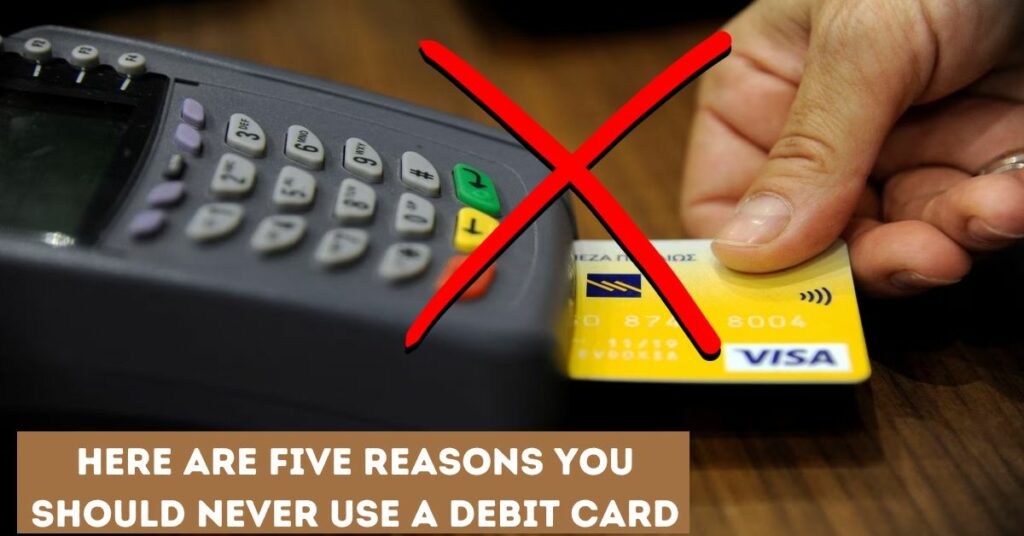Many account holders fail to regularly do the extremely important task of monitoring their accounts. It will help you keep the books in order and shield you from the aftereffects of things like identity theft and fraud.
Keeping tabs on your account is less complicated than you would think. You may forget about keeping track of your credit card information. The whole process can be completed in as little as 5 minutes with the help of automated alerts.
Why Monitor Your Checking Account?
There are numerous benefits to keeping tabs on your finances on a consistent basis. While you should pay the most attention to your checking account, it is important to monitor all of your financial accounts regularly, including credit card accounts.
One of the reasons you should keep an eye on your checking account is to ensure that the balance is correct. If interest is being deposited into your account, you can use this to verify that the money is being deposited correctly.
And that’s not all. If you want to avoid losing money, consider the following additional factors.
1. Fraud
When individuals hear about fraud and identity theft, they often dismiss it as unthinkable and unbelievable. However, many people in the United States fall victim to scams each year.
One of the best methods to protect yourself is to keep a close eye on your bank account.
There are, of course, a plethora of additional safety measures you may and should take. Even so, keeping an eye on your accounts is your last line of defense and may prevent a lot of hassle and expense.
2. Understanding Liability
The most important thing to do when money is taken is to figure out who is responsible for what. Your account may be insured by the FDIC or NCUA, but the liability mechanisms for debit cards and credit cards are different.
In contrast to the extensive safeguards afforded by credit cards, debit cards offer no such guarantees. When funds are stolen from a debit card, every minute matters.
Your potential loss is capped by how long it takes you to notify a lost or stolen debit card. Protections that are currently in place are as follows:
- No financial loss will occur if you notify your lost or stolen debit card before any unauthorized charges appear on your account statement.
- There is a $50 fee if a lost or stolen debit card is reported after two business days.
- After two business days, but before 60 days, you could lose up to $500 if you report your debit card as lost or stolen.
- Reporting a lost or stolen debit card more than 60 days after the bank statement was generated could result in the loss of all funds in the connected account(s).
- And that’s why it’s crucial to keep an eye on things on a regular basis; doing so can prevent you from losing everything to fraud.
You can check more articles related to finance whose links we have given below:
- Top 10 Most Common Financial Mistakes
- Building Wealth: How to Set and Prioritize Your Financial Goals
3. Fees
Banks have a bad reputation for the fees they charge, but customers can avoid many of these charges by keeping a close eye on their accounts.
If you don’t regularly check your accounts, you can end yourself paying costs you weren’t aware of.
NSF Fees: There may be a non-sufficient funds (NSF) fee assessed by your bank if you attempt to withdraw or make a purchase beyond the available funds in your account. If you’re not sure if you have enough money for the purchase, you should check your account balance first.
Overdraft Charges: A close relative of NSF costs are overdraft charges. When your bank account’s available funds are insufficient to cover a purchase, the bank will charge you an overdraft fee. Check your balance before making any significant purchases to make sure you have enough money in your account to cover the whole amount of your purchases.
Account Maintenance Fees: A monthly fee is imposed by several financial institutions. You probably won’t have to pay any fees. Maintaining a certain minimum balance or making a certain number of transactions, like direct deposits, every month may be required by some banks. You can see if you’re on pace to fulfill the requirements if you check your account on a regular basis.
ATM Fees: When withdrawing money from an ATM outside of your bank’s network, you may be subject to a surcharge. There may be a cap on the total amount that can be refunded from such transactions by some institutions. If you want to know if it’s okay to use the out-of-network ATM that just popped up next to you or if you’d be better off finding your bank’s ATM, check your account balance.
Paper Statement Fees: Paper statements from your bank may come with a fee attached. Consider switching to electronic statements instead if you have access to a computer or mobile device. Keep an eye on your bank statements to see if you’re being charged these costs, and consider going paperless if possible.
Keeping an eye on your accounts for fees can help you save money. For instance, if you frequently go over your account’s limit, overdraft protection can be worth looking into.
How To Monitor Your Checking Account?
The good news is that you can keep tabs on your bank account in a number of different ways. Most of these will take minimal to no work on your side, and you can pick and choose among them as you see fit.
You can join more than one to compare and contrast your financial dealings and be in the loop at all times. While it’s true that keeping tabs on your account might be a pain, failing to do so can have severe financial consequences.
- Download Your Bank’s Mobile App
- Set Up Automated Alerts
- Log Into Your Account Online
- Read Your Bank Statement
- Link a Budgeting App
1. Download Your Bank or Credit Union’s Mobile App
Installing the app for your credit union or bank is one of the simplest and most convenient methods to keep tabs on your checking and savings accounts on the go.
You can get this from the App Store (if you have an Apple device) or the Google Play Store (if you have an Android device) for free from most financial institutions.
Before you download, check the website of the bank or credit union to see if an application is necessary.
After setup, you’ll be prompted to log in. Biometric authentication, such as Touch ID or FaceID, can be used with some apps to further protect your data from prying eyes.
You may see your account details, such as transactions and bank statements, once you have logged in. Since you can do it from your mobile device, you can check in on your account whenever you like, from wherever you have access to the internet.
Make it a habit to log in and review your account history on a frequent basis in case there is any suspicious behavior.
2. Set Up Alerts
Keeping tabs on your checking account is a breeze with the help of a mobile banking app. Most, if not all, apps also feature notifications, which makes it a breeze to monitor your finances.
When a transaction is processed through your account, an alert will be sent to your phone.
You don’t even have to be logged in to receive notifications; they’ll show up alongside things like social media and email alerts.
3. Use Internet Banking
Online banking is the next best thing if you don’t have a mobile banking-enabled phone or if your bank doesn’t offer mobile banking.
Internet banking, like mobile banking, can be done from any location with an internet connection. Check with the website of your bank or credit union to see if an application is required.
Internet banking is typically done on desktops and laptops, but any device with a web browser can be utilized. Devices running Windows, macOS, iOS, and Android should all be able to connect.
Your checking account details and recent bank statements should be readily available after you log in to your online banking.
You will need to keep in mind to log in and check your bank account periodically, as internet banking does not include alerts.
4. Check Your Bank Statement
You have the option of either receiving your bank statements electronically or through the mail.
Internet banking and mobile banking both provide access to electronic bank statements. Considering the time it takes for mail to reach its destination, paper bank statements arrive substantially later than their electronic counterparts.
All of your financial transactions for a given statement period (usually one month) will be listed there. You can track every cent that entered and left your account right here.
Check your records against your checkbook to see if there have been any suspicious withdrawals from your account.
5. Link Your Account to a Budgeting App
You may obtain a bird’s-eye view of all your accounts, even if they’re at different banks, by linking your accounts in a budgeting app.
The most effective budgeting tools can log in automatically (with your permission, of course) to accomplish this task.
Some budgeting apps automatically sync with your online bank, while others require you to manually download a file and then input it.
We have provided links to further articles on financial topics for your perusal:
- What is the Average Cost of a Road Trip Charging an Electric Vehicle?
- How Much Can You Earn and Still Qualify for SSI?
Should You Monitor Your Checking Account?
It is crucial that you keep an eye on your account on a regular basis. By keeping track of your spending in this way, you can better understand your habits and make informed decisions about your finances.
However, the most important thing is to check your account frequently so that you can identify any unusual or fraudulent behavior before it becomes a major problem.
Immediately notify your bank of any suspicious activity. Since it’s a widespread issue, every bank in the country has plans in place to deal with it as soon as possible.
It’s a good idea to keep the bank’s contact information close at hand so you can get in touch quickly if this ever happens.
In the end, there is no perfect answer to the question of how frequently one should check their financial accounts. The most essential thing is to create a routine that works for you, but also to make sure it’s regular enough to be timely without being intrusive.
Automatic notifications and reminders are just two examples of the numerous helpful tools available to help you remain on top of things. Using them will ensure that you are always in charge.
When you click the “Like” button on our Facebook page, you give us permission to send you updates via Facebook Messenger.




